

If your work teams are not performing as expected, it may not be due to laziness or a poor fit. Instead, it could be due to insufficient training, poor communication, or low workplace morale. Correcting these problems is crucial if you want to improve output and results.
Building the “dream team” at work doesn’t happen by accident. It requires time, effort, and an intentional, strategic approach. Fortunately, all your work will pay off in the form of increased productivity and boosted profits. Here are six strategies you can employ today to build a high-performing team.
1. Encourage Constant Collaboration and Teamwork
Collaboration involves individual team members working together toward a shared task or collective goal. Good collaboration is the cornerstone of any high-functioning team. You need effective communication, clear expectations, and mutual respect for others’ ideas to achieve constant collaboration. You also need an individual’s willingness to take on specific tasks and responsibilities to help the group achieve its primary goal. When you have all of these components, you have a high-functioning team that maximizes its output.
To create a collaborative workplace, constant communication between team members and departments must be established. This can be tricky to establish, primarily when some team members work different shifts or work from home. One great way to ensure constant communication is through shared team scheduling tools. Team scheduling tools like Calendar, Google Calendar, and Microsoft Calendar can boost collaboration by keeping everyone on the same page at all times. They streamline how information is shared and reduce confusion caused by poor communication.
Besides utilizing shared calendars, you can also enhance collaboration by developing processes for communicating pertinent information. For example, decide what type of information should be communicated through email vs. direct messaging. Your policy might specify that sensitive information should be sent via email and regular team updates through direct messaging or project management apps.
2. Build Trust Between Team Members
Have you ever tried to work with someone you didn’t trust? If so, you probably expended more energy watching your back than working on shared projects with that person. To achieve high-performing teams, building trust is non-negotiable. The more trust employees have with each other and their leaders, the more willing they are to work hard and increase their output.
So, how can you build trust between team members, especially if they come from diverse backgrounds? Fortunately, it may not be as hard as you think. It’s best to start at the top and demonstrate honesty, openness, and fairness as a leader. Communicate honestly and openly with your teams and ensure company-wide decisions are transparent and fair. Your team members should follow suit as you implement these ideals and emphasize their importance.
You could encourage regular team-building activities to help employees build trust with each other. These naturally enhance trust by assisting individuals in getting to know their co-workers better and developing stronger relationships. Team-building activities can be collaborative games, work parties, or even 10 minutes of casual talk at the beginning of each meeting. As long as the activity encourages employees to interact with each other in an easygoing, enjoyable way, you’re doing it right.
3. Establish a Clear Sense of Purpose and Direction
Even the most well-meaning employee or team can fall short of their potential if they don’t know what’s expected. To maximize professional output, you must be a leader with a clear sense of purpose and direction. Ensure employees understand the company’s overarching vision and how they’re expected to support it.
Individual employees should also clearly understand their individual responsibilities and roles within the team. When you hire a new employee, clearly define their role and associated responsibilities so they know how to fulfill them. Otherwise, you’ll end up with confused and frustrated employees who have no idea what they’re expected to do.
For example, imagine your company is implementing a new project management system. To establish a clear sense of purpose and direction, you might demonstrate why the current antiquated system isn’t good enough for your needs. This will help give team members the why for the project. Next, work with the team to create a deadline-driven plan for migrating to the new system. Ensure each team member knows their responsibilities for reaching the overall team goal by the deadline.
4. Encourage Accountability
Accountability often gets a bad reputation in workplace settings. It’s associated with shame and failure, so many employees avoid accountability like the plague. Unfortunately, a lack of accountability destroys productivity because it shifts workplace culture to one of blame and avoidance. If you want to maximize team output, it’s time to encourage positive accountability at work.
To make accountability a more positive term, you must de-weaponize it. Instead of using it as an excuse to punish underperforming employees, emphasize its ability to drive success and improvement. When someone takes accountability for their mistakes, don’t come down too hard on them. Let them know you appreciate their honesty and value their integrity for not placing the blame on someone else. Then, work with them to determine what went wrong and how they can avoid making the same mistake going forward.
In addition to encouraging honest accountability for mistakes, you should also stress taking accountability for successes. That way, workers will be less likely to throw up their hands when things get hard and let others deal with the challenge. When they know they’re allowed to own and be recognized for their successes, they’ll be more inclined to solve problems. They’ll also be more willing to expend greater effort toward achieving positive results.
5. Offer Rewards for Good Performance
No one wants to sacrifice their time and energy working toward something that doesn’t provide any rewards. To boost team productivity, offer adequate incentives for good performance. Otherwise, employees will see no reason to give more than the minimum effort on any given day.
Performance incentives are any benefits or rewards employers offer as a reward for certain behaviors or achievements. They’re a strategic tool employers use to boost employee output and improve morale. Here are some examples of different types of performance incentives:
- Monetary Rewards: These could include cash bonuses, gift cards, extra 401K contributions, or profit-sharing opportunities.
- Non–Monetary Rewards: These might include public or private recognition, extra vacation time, free lunch, a company party, promotion, flexible schedules, etc.
- Career Development: These could include mentorship opportunities, paid training programs, and certifications.
Some employees may respond best to monetary rewards, while others may prefer non-monetary incentives. Consider polling your employees to see what type of reward structure they would prefer.
6. Emphasize Continuing Training and Education
Continuing training and education can boost team productivity in various ways. It can provide employees with additional tools and skills to become more efficient at doing their jobs. It can also help individual team members fill knowledge gaps so they understand their chosen field of work more deeply.
Offering continuing education opportunities can also boost employee morale by allowing them to advance their careers. As every good business owner or manager knows, morale almost always translates to improved productivity and profits. Positive morale in the workplace can also reduce your turnover rate, so you spend less time and money hiring new employees.
Consult with your human resources department to determine the best way to offer continuing education and training to your team members. Work together to determine the best industry training programs in your area and how to pay for them. You might also consider offering each employee a continuing education credit that they can use at their discretion each year.
Conclusion
You can’t achieve unprecedented companywide success without a high-performing team. Use these strategies and tools to naturally promote increased productivity, propelling your company to the next level.
Featured Image Credit: Photo by fauxels; Pexels


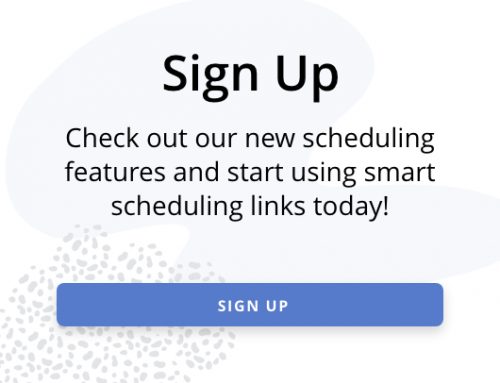



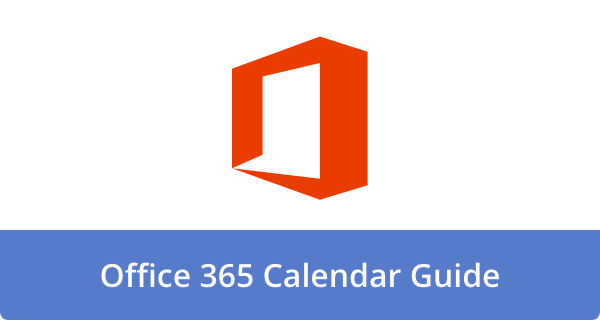
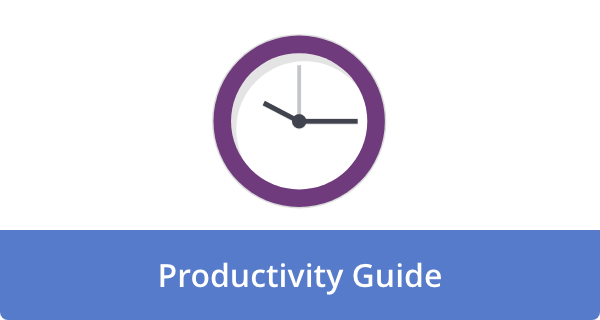

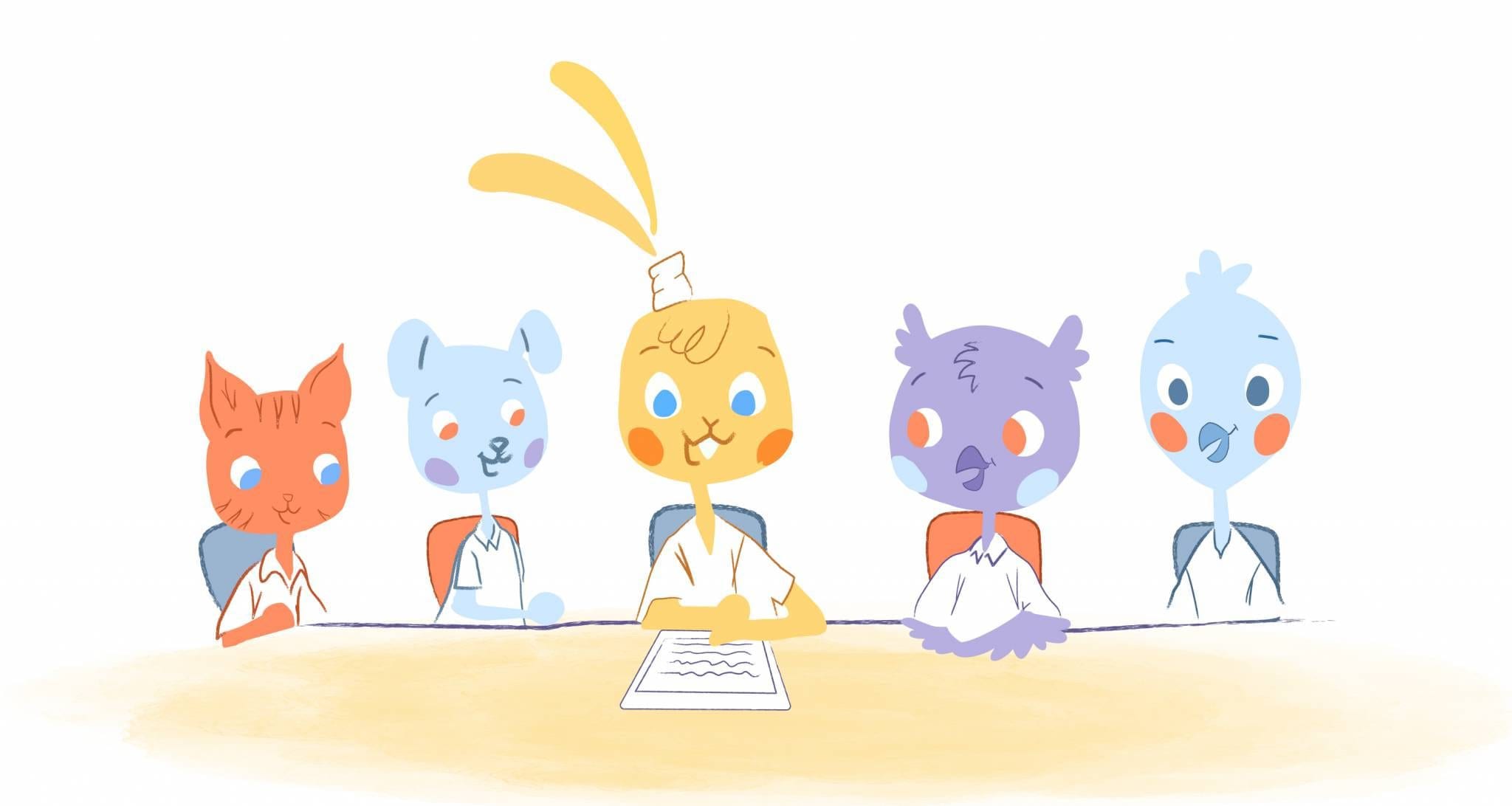
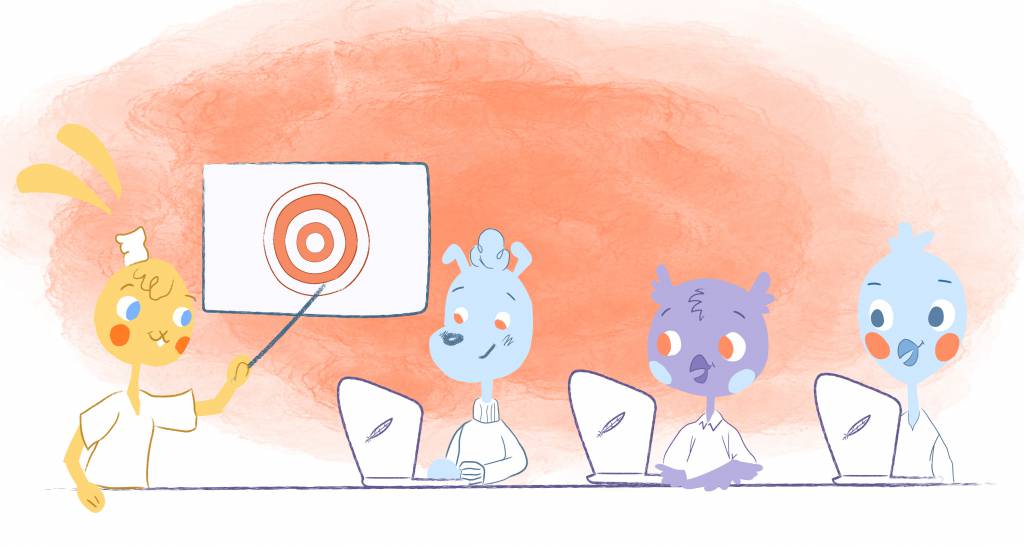
Angela Ruth
My name is Angela Ruth. I aim to help you learn how Calendar can help you manage your time, boost your productivity, and spend your days working on things that matter, both personally and professionally. Here's to improving all your calendars and becoming the person you are destined to become!